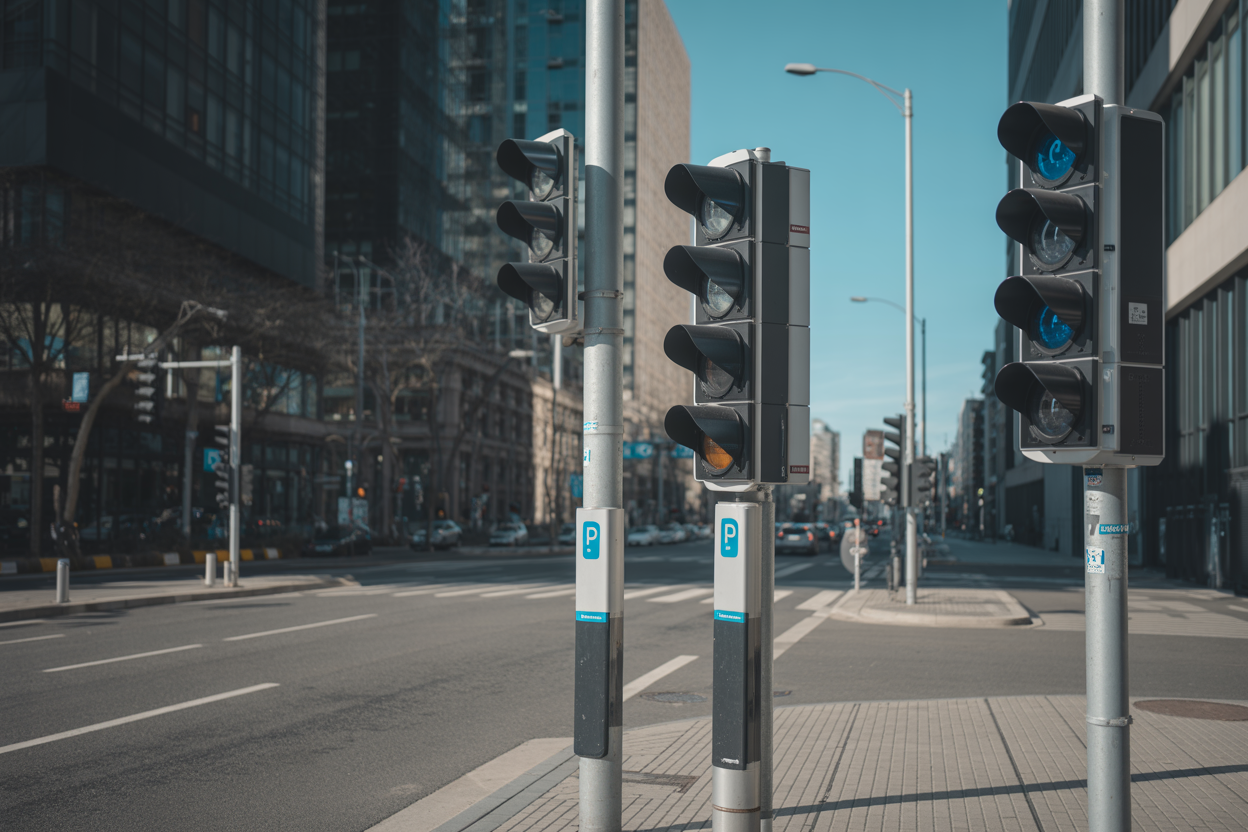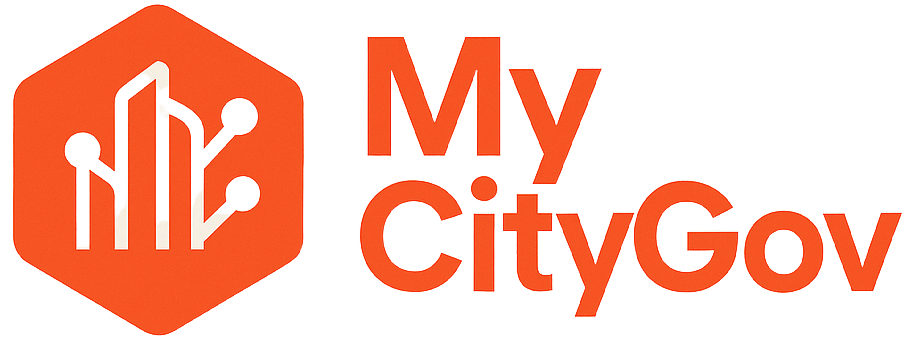
Municipal leaders across the country are grappling with how to modernize their cities through smart technology. If you’re a mayor looking to implement smart city initiatives without overwhelming your budget or staff, you’re not alone. Recent studies show that the smart city market is projected to grow from $699.7 billion in 2025 to $1,445.6 billion by 2030, with municipalities of all sizes seeking practical ways to leverage technology for better citizen services. Here’s what you need to know about taking your first steps toward becoming a smart city.
Understanding Smart City Technology: Beyond the Buzzword
Smart city technology isn’t just about installing sensors and collecting data—it’s about using innovative technologies to improve community services, enhance economic opportunities, optimize city infrastructure, and increase civic engagement. At its core, a smart city leverages the Internet of Things (IoT), artificial intelligence, and data analytics to make better decisions and serve residents more effectively.
For mayors, the key is understanding that “smart city” doesn’t mean transforming your entire municipality overnight. It means identifying specific challenges your community faces and applying targeted technology solutions that deliver measurable results. Whether you’re leading a small town or a mid-sized city, smart city technology can be scaled to fit your needs and resources.
Start with Your Community’s Biggest Pain Points
The most successful smart city initiatives begin by addressing real problems that residents and city staff experience daily. Rather than chasing the latest technology trends, focus on areas where digital solutions can make an immediate impact.
Traffic and Transportation: If congestion is a major issue, consider starting with smart traffic management systems. Cities like Pittsburgh have reduced travel times by over 25% and emissions by 20% using AI-driven traffic systems. Even simpler solutions like smart parking apps can significantly reduce the time residents spend searching for parking—San Francisco cut parking search times by 43% in pilot zones.
Public Safety: Smart city technology can enhance safety without requiring massive infrastructure investments. Real-time crime centers, AI-powered video analytics, and gunshot detection systems have helped cities reduce crime rates by up to 40% and cut emergency response times by 35%. These systems provide law enforcement with better situational awareness and faster response capabilities.

Waste Management: IoT-enabled waste bins with fill-level sensors can optimize collection routes, reduce fuel consumption, and prevent overflow incidents. Barcelona saw an 80% reduction in overflow incidents after implementing smart waste management, while also cutting operational costs significantly.
Energy Efficiency: Smart street lighting is often an ideal first project because it delivers quick wins. LED streetlights with smart controls can reduce energy consumption by 40-60% while providing better illumination. These systems can also serve as a foundation for future smart city applications by creating a network infrastructure throughout your community.
Building Your Smart City Roadmap
Once you’ve identified priority areas, develop a strategic plan that outlines clear, achievable goals. Your roadmap should include specific objectives, timelines, and success metrics.

Set Measurable Goals: Instead of vague aspirations like “become a smart city,” define concrete targets such as “reduce emergency response times by 20% within 18 months” or “decrease energy costs by 30% over two years.” These specific goals help you track progress and demonstrate value to constituents and city council members.
Start with Pilot Projects: Don’t try to implement everything at once. Begin with small-scale pilot programs in defined geographic areas or with specific user groups. This approach allows you to test technologies, identify issues, and refine your approach before full deployment. Successful pilots build stakeholder confidence and provide proof of concept for larger investments.
Plan for Integration: Even when starting small, think about how different systems will work together in the future. Choose technologies and vendors that support open standards and can integrate with other platforms. This prevents creating isolated “data silos” that limit the value of your smart city investments.
Securing Funding and Building Partnerships
Budget constraints are a reality for every municipality, but smart city projects don’t have to break the bank. Multiple funding strategies can help you move forward.
Federal and State Grants: Numerous grant programs support smart city initiatives, particularly those focused on sustainability, public safety, and transportation. The U.S. Department of Transportation, Department of Energy, and various state agencies regularly offer funding opportunities for qualifying projects.
Public-Private Partnerships: Collaborating with private sector partners can provide access to technology and expertise while sharing costs and risks. Many technology companies are eager to work with municipalities as showcase projects. Kansas City, Missouri, successfully developed a smart city corridor through a public-private partnership that included smart sensors, traffic lights, and Wi-Fi connectivity.
Energy Savings Performance Contracts: For energy-focused projects, these contracts allow you to implement improvements with minimal upfront capital. The projects are repaid through guaranteed energy savings, making them essentially budget-neutral over time.
University Partnerships: Local colleges and universities can be valuable partners, providing research expertise, student talent, and sometimes even funding for pilot projects. These partnerships also help build local capacity and expertise in smart city technologies.
Engaging Stakeholders and Building Support
Technology alone doesn’t create a smart city—people do. Successful implementation requires buy-in from city staff, residents, and other stakeholders.
Communicate the Vision: Help residents understand how smart city initiatives will improve their daily lives. Use concrete examples rather than technical jargon. Instead of talking about “IoT sensors,” explain how residents will spend less time in traffic or have faster emergency response when they need it.
Address Privacy Concerns: Be transparent about what data you’re collecting, how it will be used, and how you’ll protect privacy. Develop clear policies and communicate them openly. Privacy concerns are legitimate, and addressing them proactively builds trust.

Involve Diverse Voices: Ensure that smart city planning includes input from all segments of your community. Technology should serve everyone, not just the digitally savvy. Consider digital equity issues and ensure that smart city benefits reach all neighborhoods and demographics.
Train Your Team: City staff need training and support to manage new technologies effectively. Invest in professional development and create clear processes for using and maintaining smart city systems. Your team’s confidence and competence will determine whether initiatives succeed or fail.
Measuring Success and Iterating
Smart city initiatives should be continuously evaluated and improved based on real-world results.
Track Key Performance Indicators: Monitor the metrics that matter most to your community. This might include response times, energy consumption, citizen satisfaction scores, or cost savings. Regular measurement helps you demonstrate value and identify areas for improvement.
Gather Feedback: Create channels for residents and staff to provide input on smart city initiatives. Their experiences will reveal issues and opportunities that data alone might miss.
Stay Flexible: Technology evolves rapidly, and your smart city strategy should too. Be willing to adjust your approach based on what you learn. Document lessons learned from each project to inform future decisions.
Taking the First Step
The journey to becoming a smart city doesn’t require a massive transformation or unlimited budget. It starts with identifying one or two high-impact areas where technology can solve real problems for your community. By starting small, building partnerships, engaging stakeholders, and measuring results, you can create momentum for broader digital transformation.
The municipalities that succeed with smart city technology are those that view it as a tool for better governance and citizen service, not as an end in itself. Focus on outcomes that matter to your residents—safer streets, cleaner air, less time in traffic, more responsive government—and choose technologies that help you deliver those results.
Ready to modernize your municipal operations with smart city technology? Contact mycitygov.com for a free consultation and discover how we can help transform your digital presence and city services with practical, proven solutions tailored to municipalities of all sizes.
